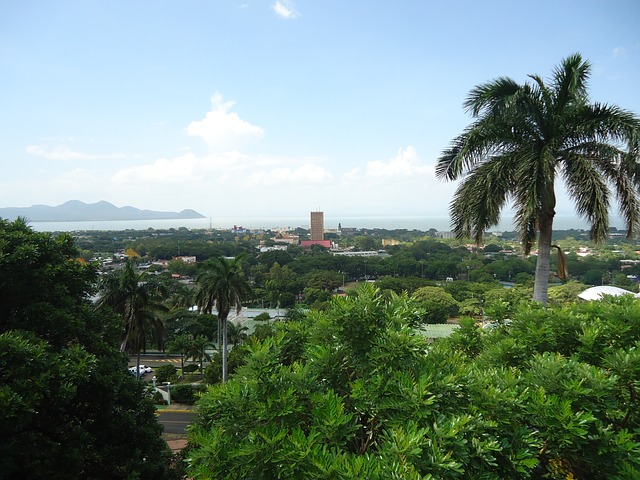By Tim Lambert
Early Nicaragua
The agricultural revolution arrived in what is now Nicaragua in about 400 BC. Then in 1502, Christopher Columbus landed on the coast of Nicaragua. However, the Europeans didn’t explore inland until 1522 when Gil Gonzalez de Avila led an expedition to the region. The next year 1523 the Spanish landed in force and they founded Leon and Granada. The Spanish conquered Nicaragua and divided the land between themselves into large estates, that the native people were forced to work.
In the 17th century English, Dutch, and, French pirates sometimes attacked the Atlantic Coast of Nicaragua. However little changed in Nicaragua till the early 19th century. In 1821 part of Central America broke away from Spanish rule and formed the United Central Provinces. However, in 1838 Nicaragua became completely independent.
Independent Nicaragua
During the 19th century, Nicaragua was divided between Liberals and Conservatives. In 1855 an American Adventurer called William Walker seized power in Nicaragua and in 1856 he declared himself president. However, he was driven out in 1857.
In 1893 a man named Jose Santos Zelaya made himself dictator of Nicaragua. In 1909 there was a rebellion and Zelaya was forced to resign. In 1912 the USA sent marines to occupy Nicaragua. They remained there until 1933.
In 1936 Anastasio Somoza Garcia became dictator of Nicaragua. He and his family ruled the country for the next 42 years. Anastasio Somoza Garcia was assassinated in 1956 but his son Luis Somoza Debayle took over as dictator of Nicaragua. He died in 1967 and was followed by his younger brother Anastasio Somoza Debayle.
Modern Nicaragua
Meanwhile, in 1961 the Frente Sandinista de Liberacion or Sandinista National Liberation Front (FSLN) was formed. They began a long guerilla war. In 1972 Managua was struck by a severe earthquake. Somoza and his cronies took much of the international aid and opposition to his regime grew. By 1978 rebellion was spreading across Nicaragua.
Finally, in 1979 the Sandinistas launched an offensive. On 17 July 1979 Somoza fled abroad and on 19 July the Sandinistas captured Managua. The long campaign against Somoza had cost 50,000 lives. n Meanwhile in 1972 Managua, the capital of Nicaragua was devastated by an earthquake that killed thousands.
Daniel Ortega became president of Nicaragua in 1984. Meanwhile, relations with the USA deteriorated. The US ended aid in 1981 and introduced a trade embargo in 1985. (It was lifted in 1990). In 1990 the opposition to the Sandinistas the Union Nacional Opositora (UNO) won elections to the assembly and the presidency. Violeta Chamorro became the first woman president of Nicaragua.
In 1997 Arnoldo Aleman became president. He was followed by Enrique Bolanos. Daniel Ortega was elected president in 2006. He was re-elected in 2011.
Today Nicaragua is still a poor country. Nicaragua is an agricultural nation but tourism is a growing industry. Many people from Nicaragua work abroad and there is much underemployment at home. In 2024 the population of Nicaragua was 6.9 million.

Last revised 2025